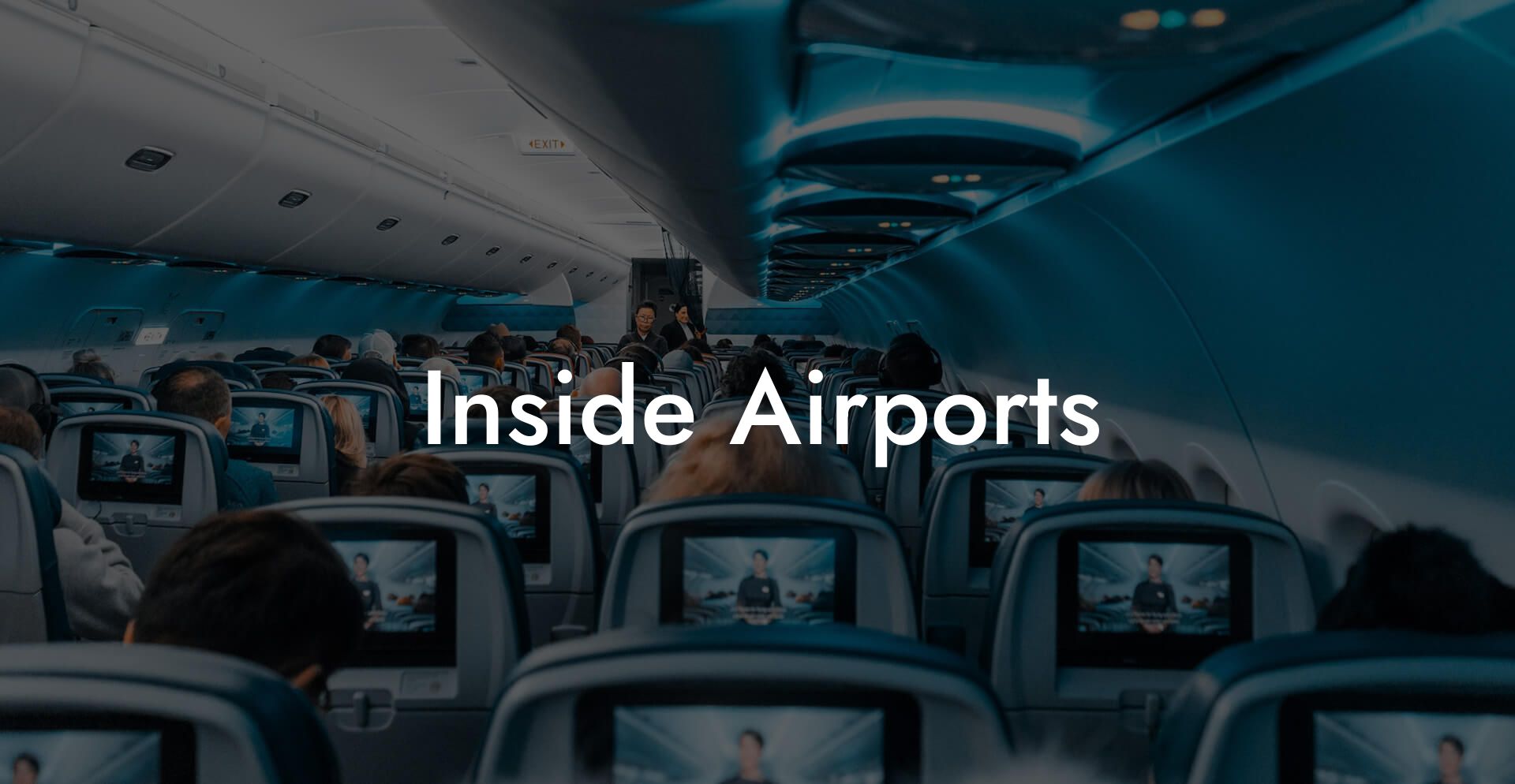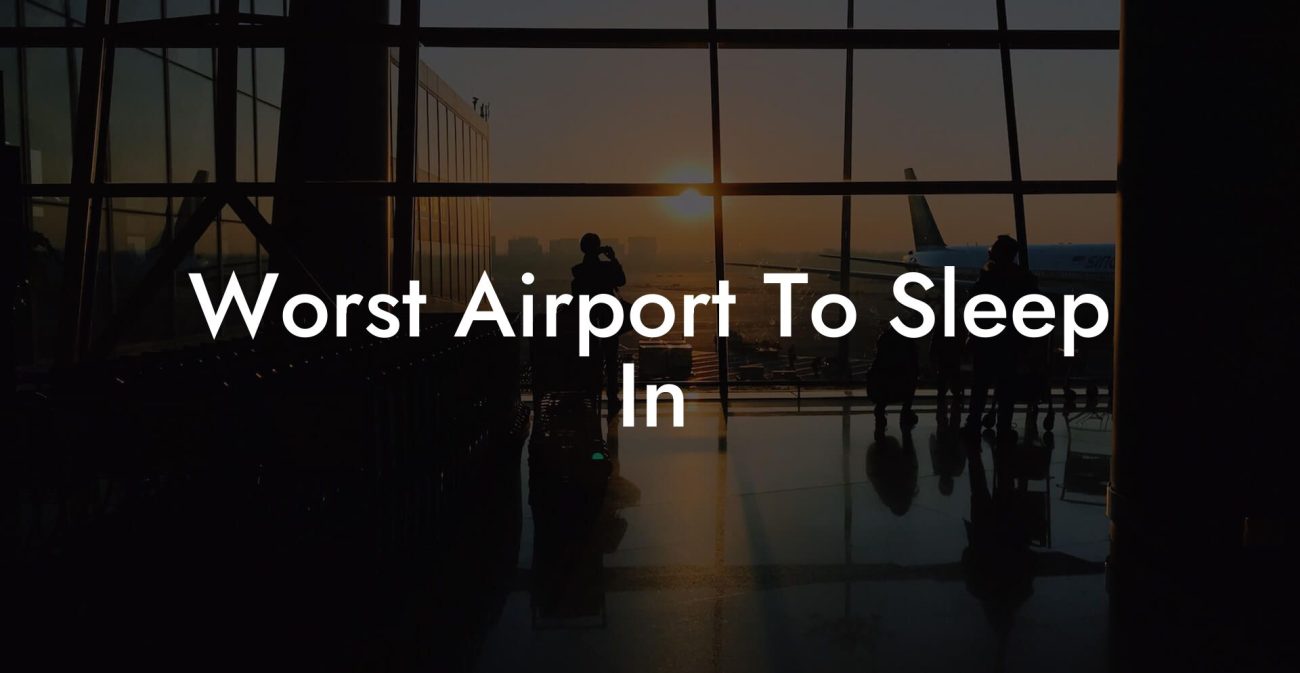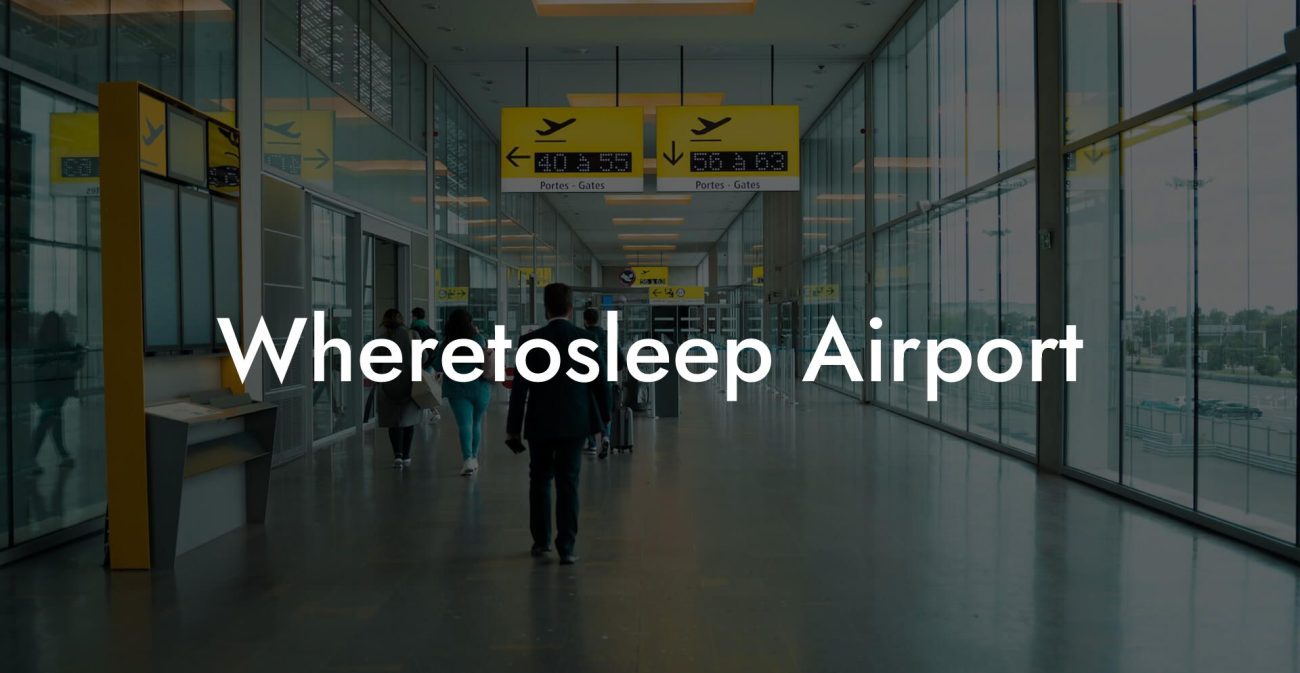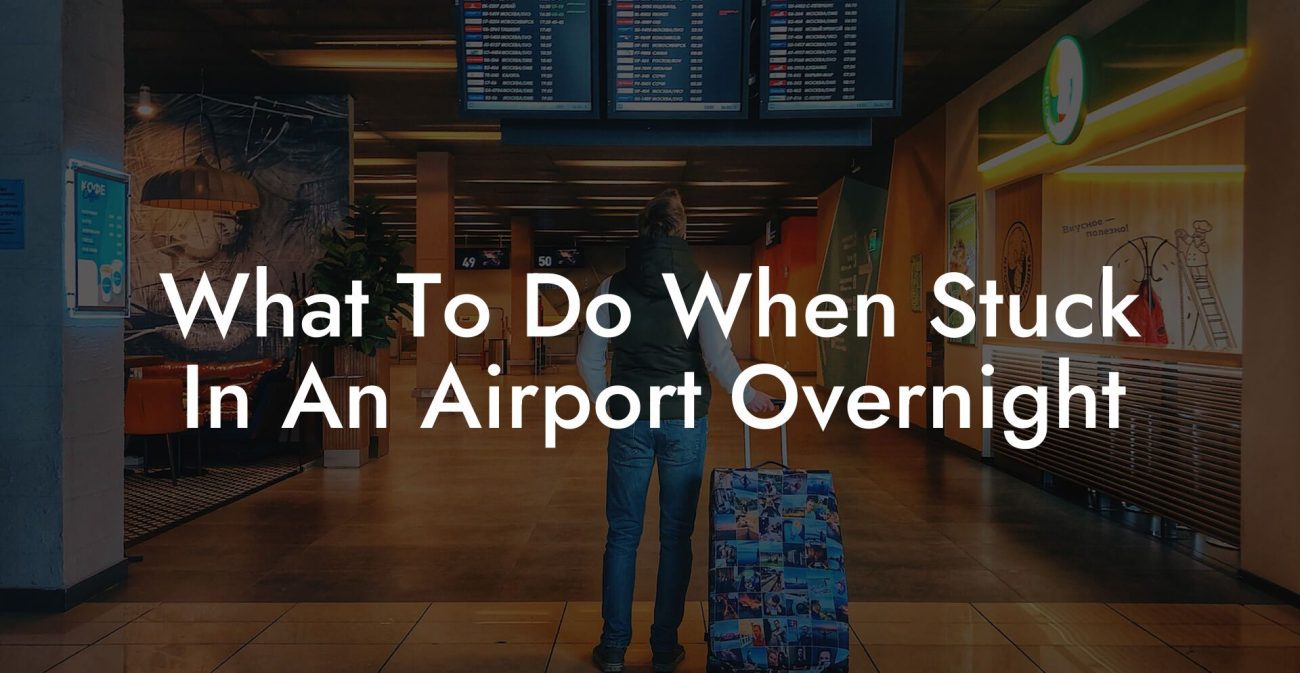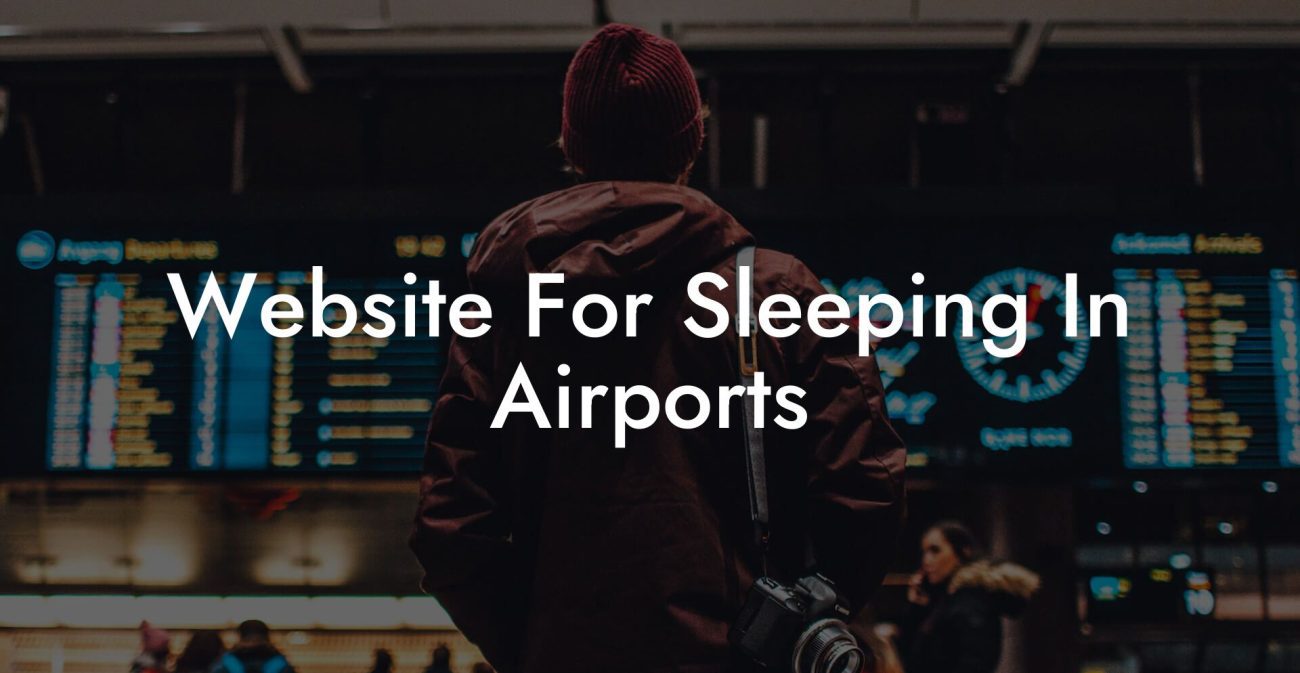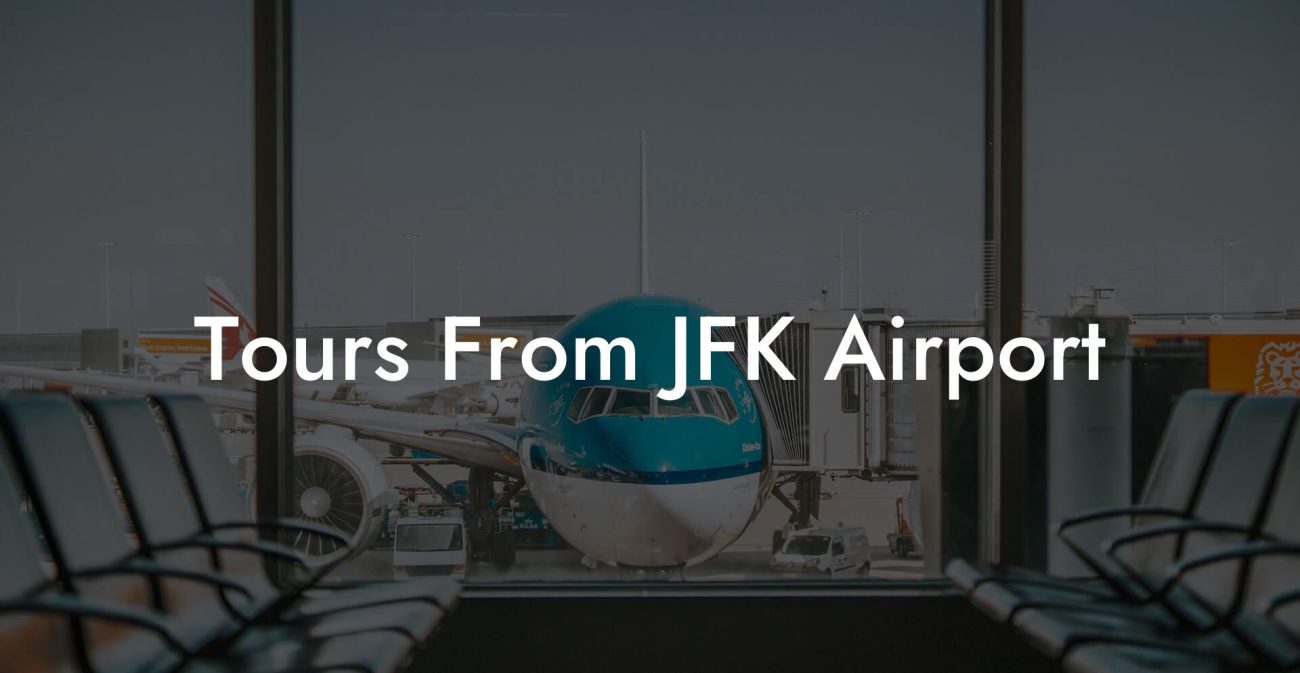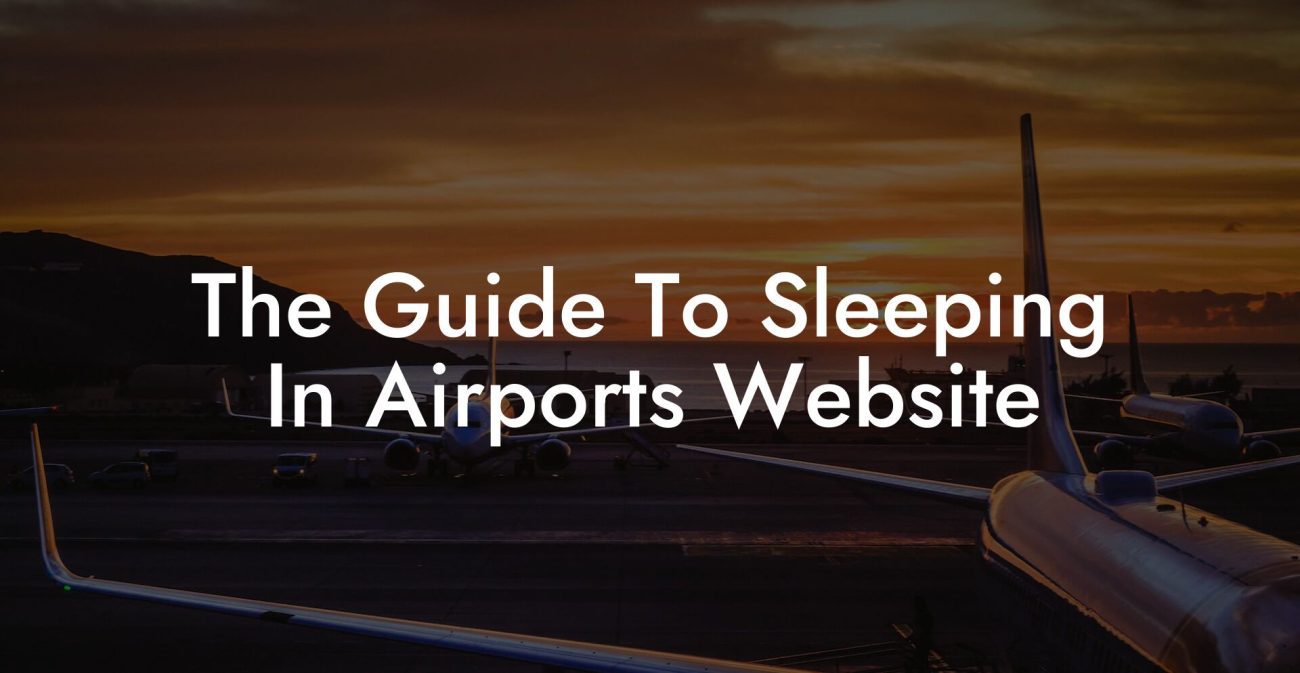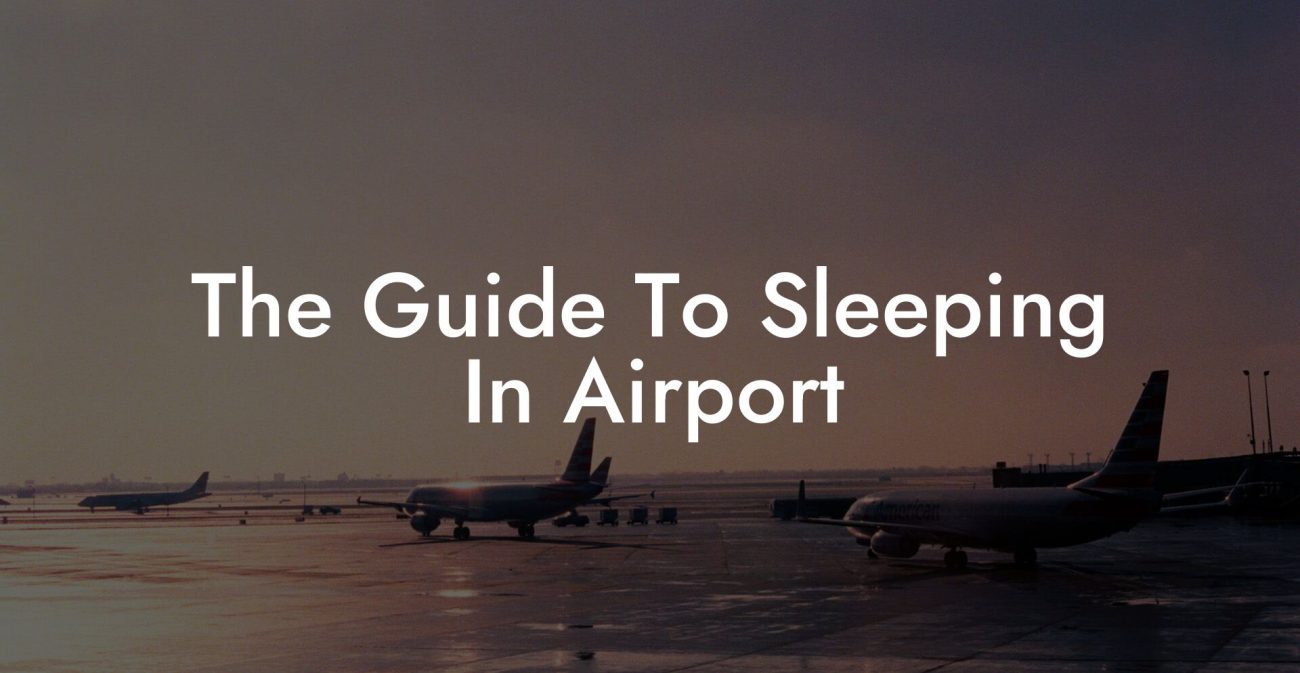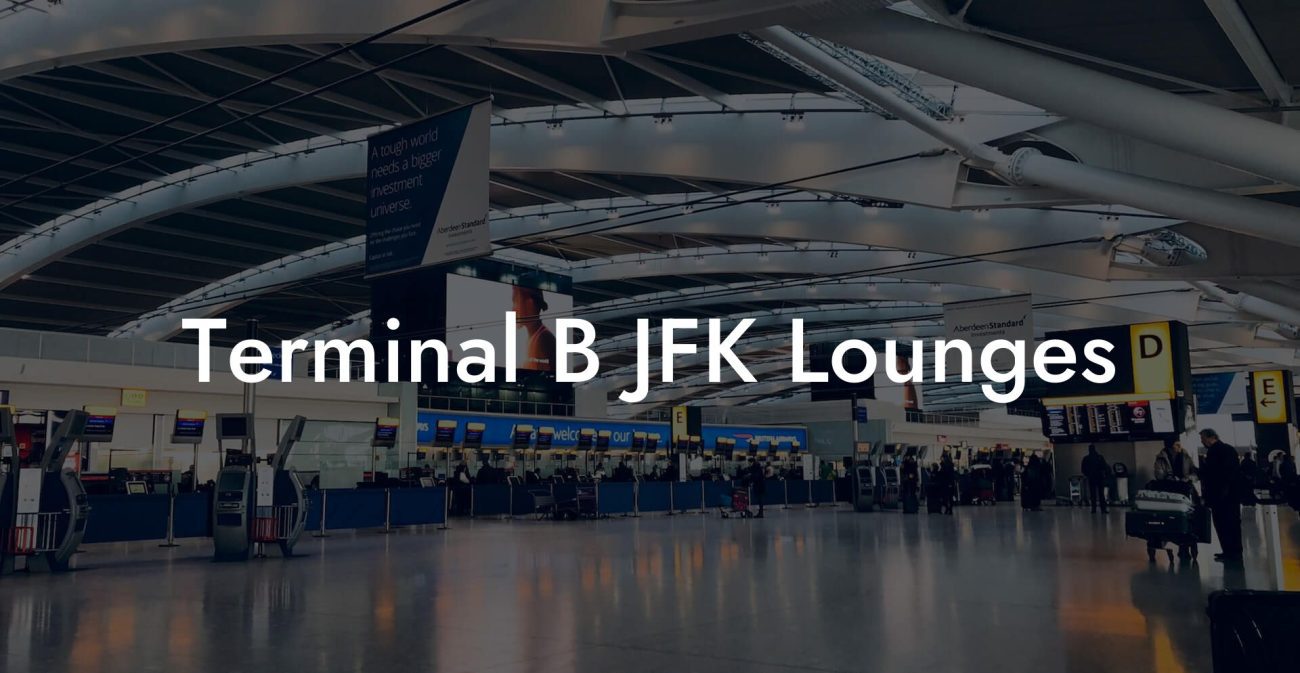Air travel can be an exciting and rewarding experience, but it’s not without its challenges, especially when it comes to finding a comfortable place to rest during layovers or unexpected delays. Enter airport sleeping pods – the ultimate solution to sleepless and dreary hours spent wandering through terminals. Join us as we take you inside airports for an in-depth look at these innovative sleeping solutions, and learn how they can make your next airport stay much more comfortable and enjoyable.
Inside Airports Table of Contents
What are Airport Sleeping Pods?
Why Choose Airport Sleeping Pods?
What are Airport Sleeping Pods?
Airport sleeping pods are small, private spaces designed to provide comfort, privacy, and a place to rest inside the hustle and bustle of busy airports. They come in various shapes and sizes, from tiny capsules to larger, more luxurious cabins, and are outfitted with essential amenities such as a bed, power outlets, and sometimes even an en-suite bathroom.
Why Choose Airport Sleeping Pods?
Here are several reasons why airport sleeping pods may be the perfect option for you during your next airport stay:
1. Privacy and Security: Sleeping pods provide a sense of privacy and security that’s often lacking in public areas of airports. They offer an enclosed space where you can relax and unwind without the constant nuisance of noise, distractions, or prying eyes.
2. Convenience: Airport sleeping pods are strategically located within the airport, making it easy to access your departure gate when it’s time to catch your flight. There’s no need to leave the airport and search for accommodation nearby.
3. Affordability: More often than not, airport sleeping pods are priced affordably compared to nearby hotel or hostel rooms, making them an economical choice for budget-conscious travelers.
4. Flexibility: Booking a sleeping pod is typically more flexible than reserving hotel accommodations. In many cases, pods can be reserved for a few hours or overnight, depending on your needs.
Inside Airports Example: NapCity Pods in Istanbul Airport
To paint a clearer picture of airport sleeping pods, let’s look at a real-life example: NapCity Pods located in Istanbul Airport. NapCity offers three types of pods – Solo Standard, Solo Smart, and Family Room.
The Solo Standard pod is designed for single occupancy and provides a simple sleeping space, complete with power outlets and luggage storage. The Solo Smart pod, on the other hand, features a larger bed, as well as television and touchscreen controls for additional comfort. If you’re traveling with family, the Family Room pod can accommodate up to four people and even comes with en-suite bathroom facilities.
NapCity’s pods can be booked by the hour, giving you the flexibility you need during your layover. It’s situated inside the airport terminal, so there’s no stress about making it back to your gate on time. This real-life example showcases just how practical and advantageous having access to airport sleeping pods can be.
Airport sleeping pods offer a modern solution to the age-old problem of finding a comfortable place to rest inside bustling airports. With their combination of convenience, affordability, and privacy, these innovative sleeping spaces have evidently begun to change the way people experience layovers and overnight airport stays.
If you find yourself frequently navigating the world of air travel, sleep pods might just be your new best friend. So, the next time you’re confronted with the prospect of a long layover or an overnight airport stay, consider booking a sleeping pod to help turn potentially stressful hours into a restful and relaxing experience.
Frequently Asked Questions
What items are prohibited inside an airport?
Generally, items that are considered dangerous or could be used as weapons are prohibited inside an airport. This includes items such as firearms, explosives, sharp objects, and flammable substances. It is crucial to check the specific rules of the airport you are visiting as there can be variations depending on the country and the airline.
How early should I arrive before my flight?
For domestic flights, it is advised to arrive at least 2 hours before scheduled departure, and for international flights, at least 3 hours in advance. This allows adequate time for check-in, security screening, and any unforeseen delays.
What is the process of checking in at the airport?
Checking in can typically be done at the airline’s check-in counter or using self-service kiosks at the airport. You will need to provide identification and your flight information, and you may also check baggage and receive your boarding pass during this process.
Can I bring liquids in my carry-on baggage?
Liquids in carry-on baggage are generally restricted to containers with a capacity of 100 milliliters or less, and they must fit within a single, clear, resealable plastic bag. Some exceptions include medications, breast milk, and baby formula.
What is TSA pre-check, and how does it work?
TSA PreCheck is a program by the Transportation Security Administration (TSA) that allows low-risk travelers to experience faster, more efficient screening at participating U.S. airport checkpoints for a five-year period after application and approval.
What identification do I need to travel domestically/internationally?
For domestic flights within most countries, a government-issued photo ID such as a driver’s license or passport is typically required. For international flights, a valid passport is mandatory, and in many cases, a visa might also be needed depending on your destination.
How do I navigate through an airport if I am a first-time traveler?
Airport signage is designed to assist travelers in navigating terminals. Look out for information boards, and do not hesitate to ask airport staff for assistance or directions. It’s also helpful to review airport maps and terminal guides in advance.
What steps can I take to expedite my security check?
Ensure you have no prohibited items, wear easily removable shoes, have your electronics accessible for scanning, and follow the liquid rules. TSA PreCheck or similar trusted traveler programs can also speed up the process.
Are there accommodations for travelers with disabilities?
Yes, airports are equipped to assist travelers with disabilities. Services typically include wheelchair accessibility, visual and hearing impairment accommodations, and sometimes dedicated lines for security and customs. It is advised to contact the airline in advance to arrange these services.
Can I sleep at the airport?
While not all airports have dedicated sleeping areas, many do provide seating without armrests or benches where travelers may rest. For extended layovers, consider booking time at an airport lounge or hotel.
What facilities can be found at an airport?
Airports typically offer a variety of facilities such as restaurants, duty-free shops, currency exchange services, lounges, children’s play areas, Wi-Fi connectivity, showers, and sometimes even spas or museums.
Can I leave the airport during a layover?
Yes, if your layover is long enough and you have the correct documentation (such as a visa) if required. Leave plenty of time to go through security again upon your return.
What if I miss my connecting flight?
Inform your airline immediately. Most airlines will rebook you on the next available flight free of charge if the missed connection was not your fault (e.g., previous flight delay).
What is duty-free shopping?
Duty-free shops are retail outlets at airports where you can purchase goods exempt from the taxes and duties normally applied in that country. These shops are typically located in the international terminals.
What should I do if my baggage is lost or delayed?
Contact your airline’s baggage service office, often situated in the baggage claim area, as soon as possible. They will start a search and may offer compensation for the inconvenience.
Can I bring food through airport security?
In general, solid foods can be taken through airport security, but regulations on liquids apply to certain food items as well, such as sauces, creams, and jellies. Check the specific regulations of the airports and countries involved in your journey.
What are fast-track services at airports?
Fast-track services are premium services that allow travelers to bypass the regular queues at immigration, security, and sometimes boarding. These services can be purchased or come as a benefit with business or first-class tickets or certain elite flyer statuses.
How do I find out about my rights as a passenger?
Passenger rights differ between countries but often include things like compensation for canceled or delayed flights, lost luggage, and protocols for when you’re denied boarding. Check with your airline or local transportation authority website for specific information about your rights.
What if I have connecting flights with different airlines?
Ensure that your baggage is tagged to your final destination and be aware of the terminals for your connecting flights. If the airlines are partners or have interline agreements, they may handle your baggage transfer. If not, you will have to collect and re-check your baggage yourself.
Can I use mobile boarding passes at all airports?
While many airports now accept mobile boarding passes, there are still some that do not. Always check the specific airport and airline guidelines beforehand to determine if a printed boarding pass is necessary.
What services are available for children traveling alone?
Many airlines offer unaccompanied minor services where airline staff will assist children during their journey. Services often include dedicated check-in, supervised travel, and handover to the designated guardian at the destination. There is usually an additional fee for this service, and pre-booking is required.
Don’t forget to share this post with fellow travelers and invite them to explore other invaluable guides on Airport Sleeping Pods! Safe travels and sweet dreams!

